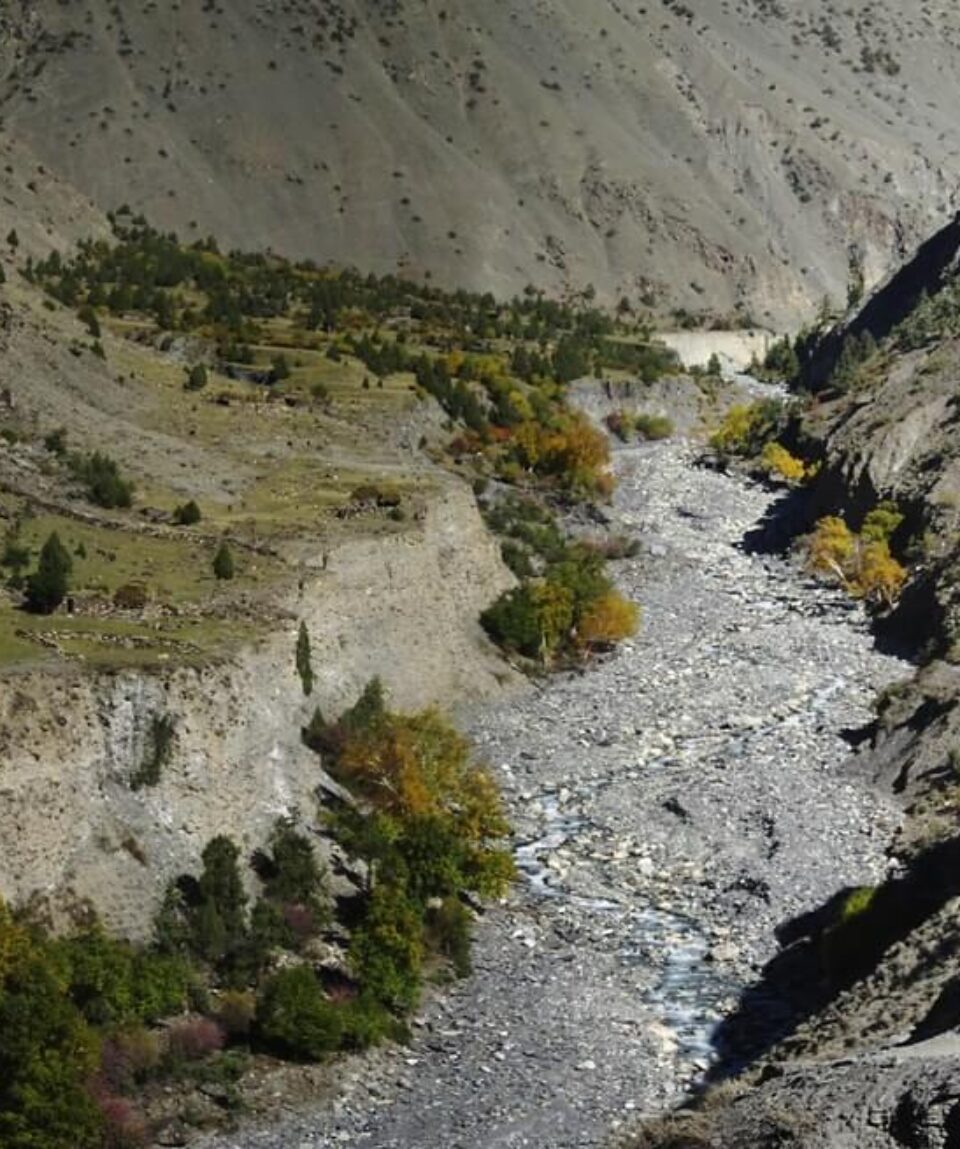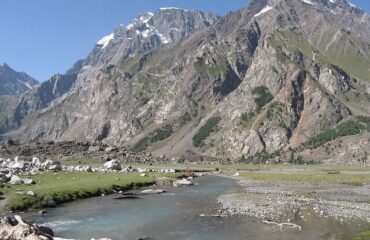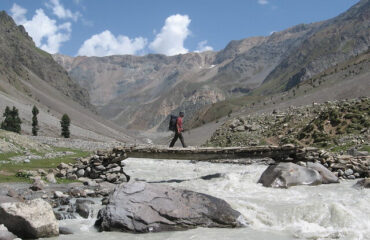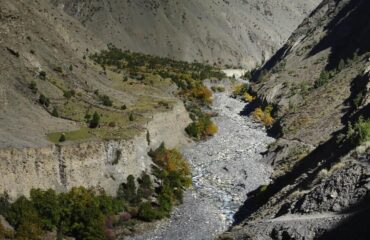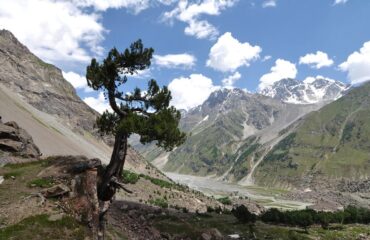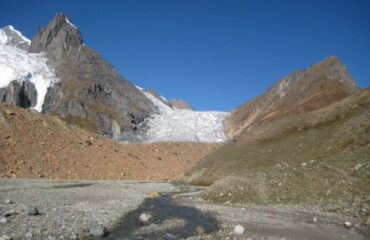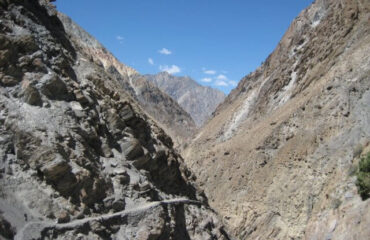Pakora Pass
fromPakora Pass: A picturesque pass between Naltar Gah and Pakora Gol, It is well-known for its breathtaking landscapes, alpine meadows, and easy access from Gilgit.
-
Reviews 0 Reviews0/5
-
Vacation Style Holiday TypeCamping, Climbing, Guided, Hiking, Rock Climbing, Trekking
-
Activity Level Moderate
-
Group Size Medium Group
At a height of 4710 meters, the Pakora Pass offers an alluring starting place for anyone interested in learning more about Karakoram trekking. This path offers a mesmerizing combination of alpine meadows, a minor glacier, a reasonably high pass, and breathtaking scenery as it connects the Naltar Gah and Pakora Gol valleys. This pass, which can be reached from Gilgit, offers trekkers seeking to explore the Karakoram Range the perfect place to begin their journey.
Climbers looking for exciting difficulties are drawn to the surrounding area by the massive Shani and Sentinel peaks. You’ll get a chance to become fully immersed in the local way of life as you go through this area. Shina is the primary language used in Naltar, while Khowar is preferred in Pakora.
It is customary to trek across the Pakora Pass from east to west, where it effortlessly connects with other adjacent passes like the Asumbar Haghost. For those looking for a longer adventure, this pass can be combined with the Punji Pass or Thui An to create a fantastic two-week excursion that crosses three magnificent passes. With its spectacular sights, cultural encounters, and opportunity to visit Pakistan’s Karakoram region, the Pakora Pass trip promises to be an amazing adventure.
| Package Confirmed Dates | Trip Status Trip Status | Price (PP) Excluding Flights | Price (PP) Including Flights | |
|---|---|---|---|---|
|
June 12, 2025 - June 23, 2025
|
Guaranteed
|
$1,500
|
N/A
|


